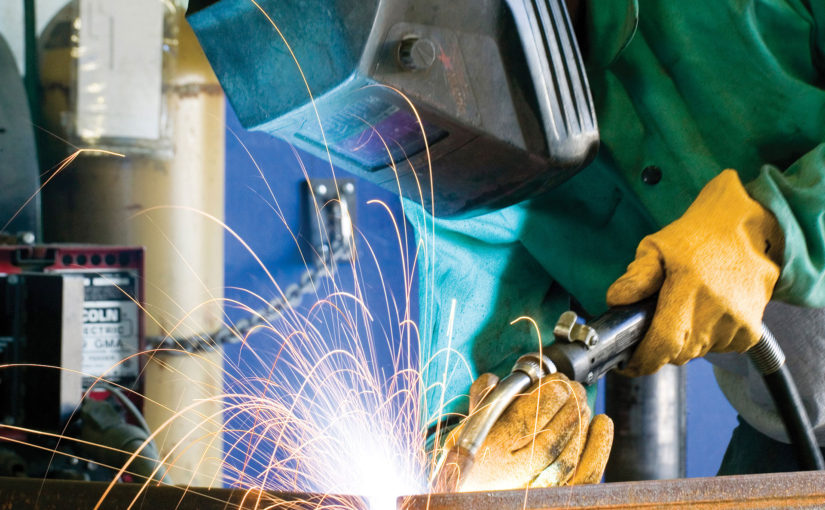“I’ll try anything once.” That’s a great attitude for anyone at an exotic restaurant, but please—keep it out of your approach to welding efficiency.
For Rob Tessier, National Director of Advanced Fabrication Technologies at Airgas, an Air Liquide company, there’s no greater mistake a welding operation can make than to choose a welding efficiency program, but not stick to it long enough to see measurable results.
“The problem with most operations is that they just try something,” Tessier said. “The word ‘try’ is an admission to failure. Fundamentally, if you’re going to try something, if you don’t get immediate satisfaction, you stop. When you start looking at efficiencies, you have to commit to quality; buy into that program and own it.”
A company’s welding operation is one of the best places to start when it comes to improving efficiency, but according to Tessier, the only way to find long-term success is to take a deliberate, analytical approach—and stick to it. That’s something he advocates to operations all across the country.
“My whole job is looking at our customers and making sure they get the most of everything they’re doing,” Tessier said.
No matter what your approach to welding efficiency is, Tessier recommends that the program you implement include the following steps and ideas:
1. Develop a baseline
In order to improve, it’s important to know where you started, where you want to go and where you stack up against the rest of the industry. Is your operation average? Better? Worse? With a baseline, you’re able to do more than just gain information or build a spreadsheet—you can drive toward real solutions and real success.
2. Use credible metrics
Without credible metrics, identifying and solving the root cause of issues—not just how things appear on the surface—is near impossible. Make sure you work with numbers you can track and make sense of over the long haul.
3. Have a relevant database to compare with your results
Alongside credible metrics, a relevant database will truly help you see how your company is competing and what you need to do to improve. If you’ve got a small-scale operation, comparing your results to those of a national leader won’t give you the guidance you’re looking for. Being able to compare your operation against operations like yours will put your data in context.
4. Understand the importance of all welding inputs
Welding isn’t solely about one piece of equipment or one person, but rather a host of variables that make the project move from start to finish. Your welding efficiency issues may not be in the first spot you look, but as you explore the entire process, issues can present themselves that, when fixed, can make a big difference in efficiency scores.
5. Remember that simple things can create major problems
When it comes to efficiencies, more times than not, it’s the simplest things that are wreaking the most havoc. For example, having the right tools in the right place and keeping a clean shop might seem like they’re not relevant to the efficiency of an operation, but they can actually cause major issues in facilities and companies of all shapes and sizes.
And if those recommendations don’t work for you, Tessier has one more piece of advice:
“People will say, ‘I tried that and it didn’t work.’ But what did you try? What worked? What didn’t work? You have to dig in. If you don’t know where you’re going, how are you going to know when you get there? Know what the endgame is—what perfection is—and drive towards it.”
